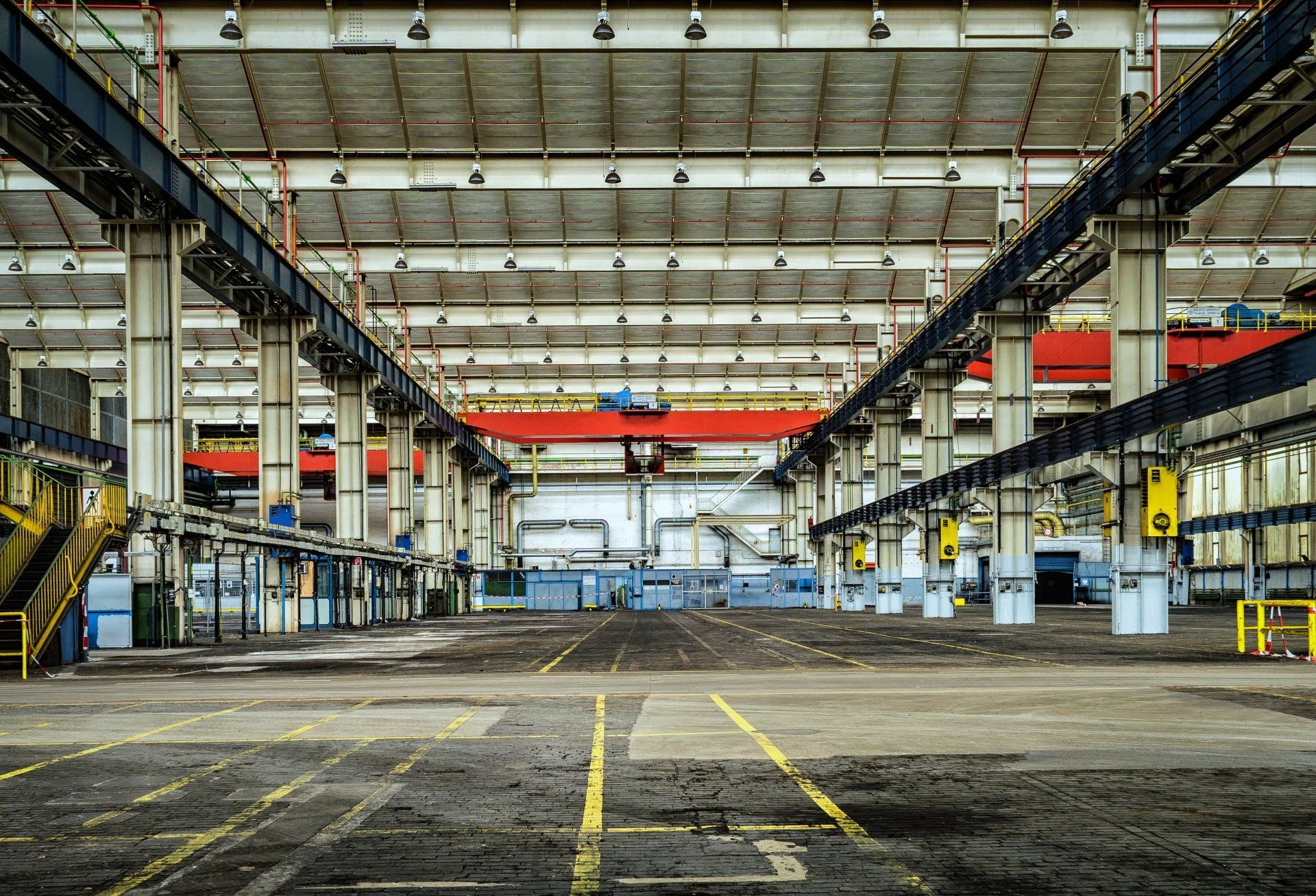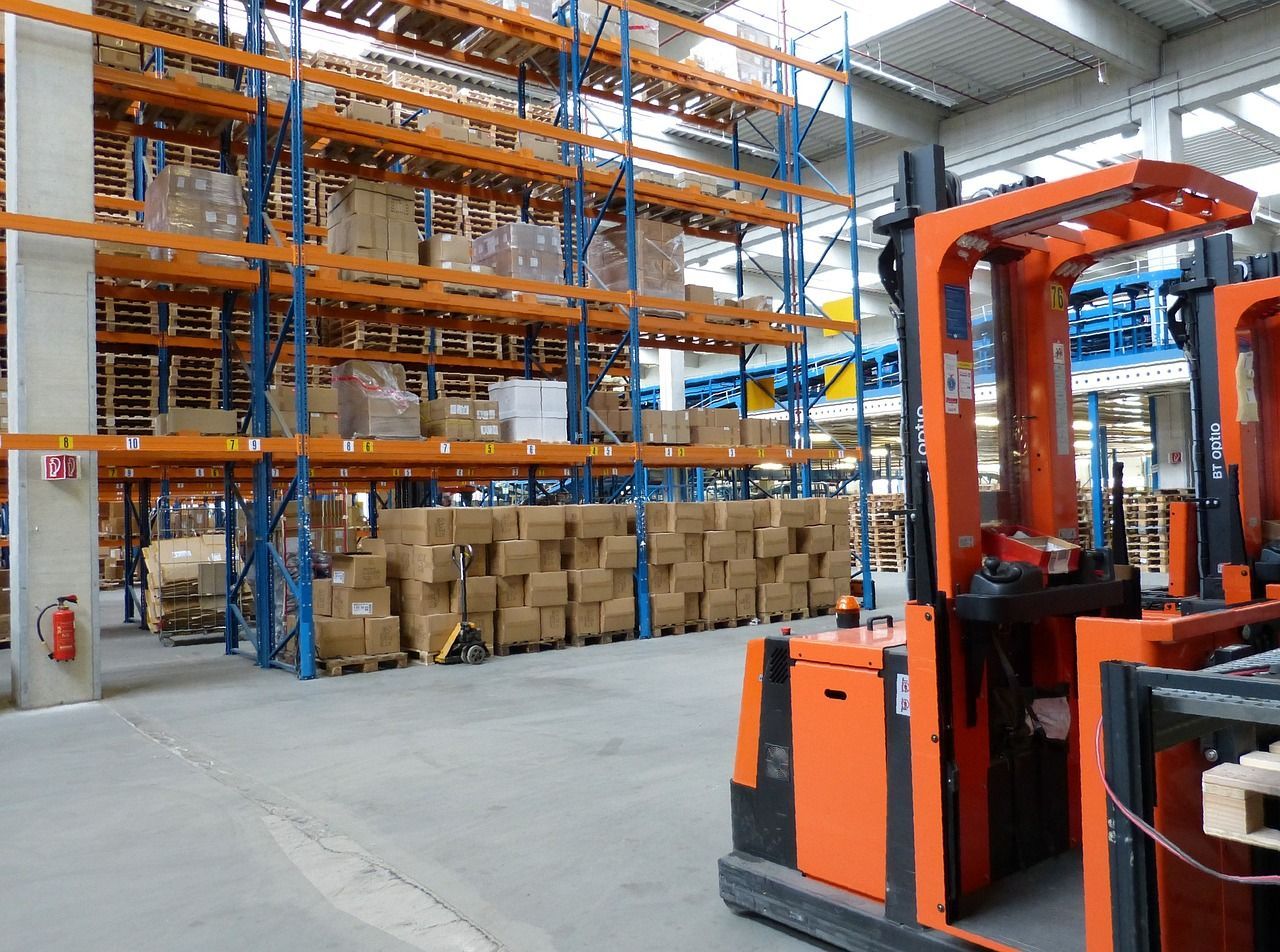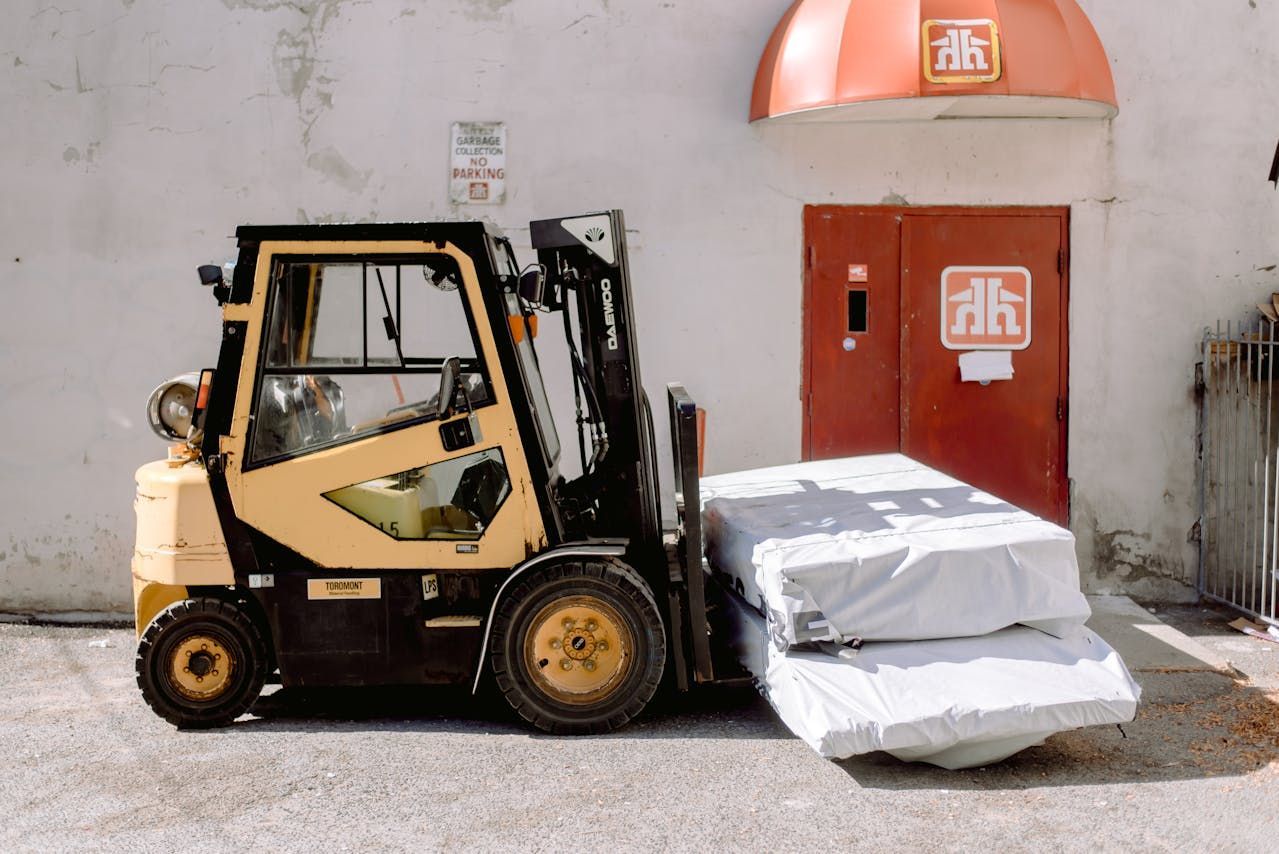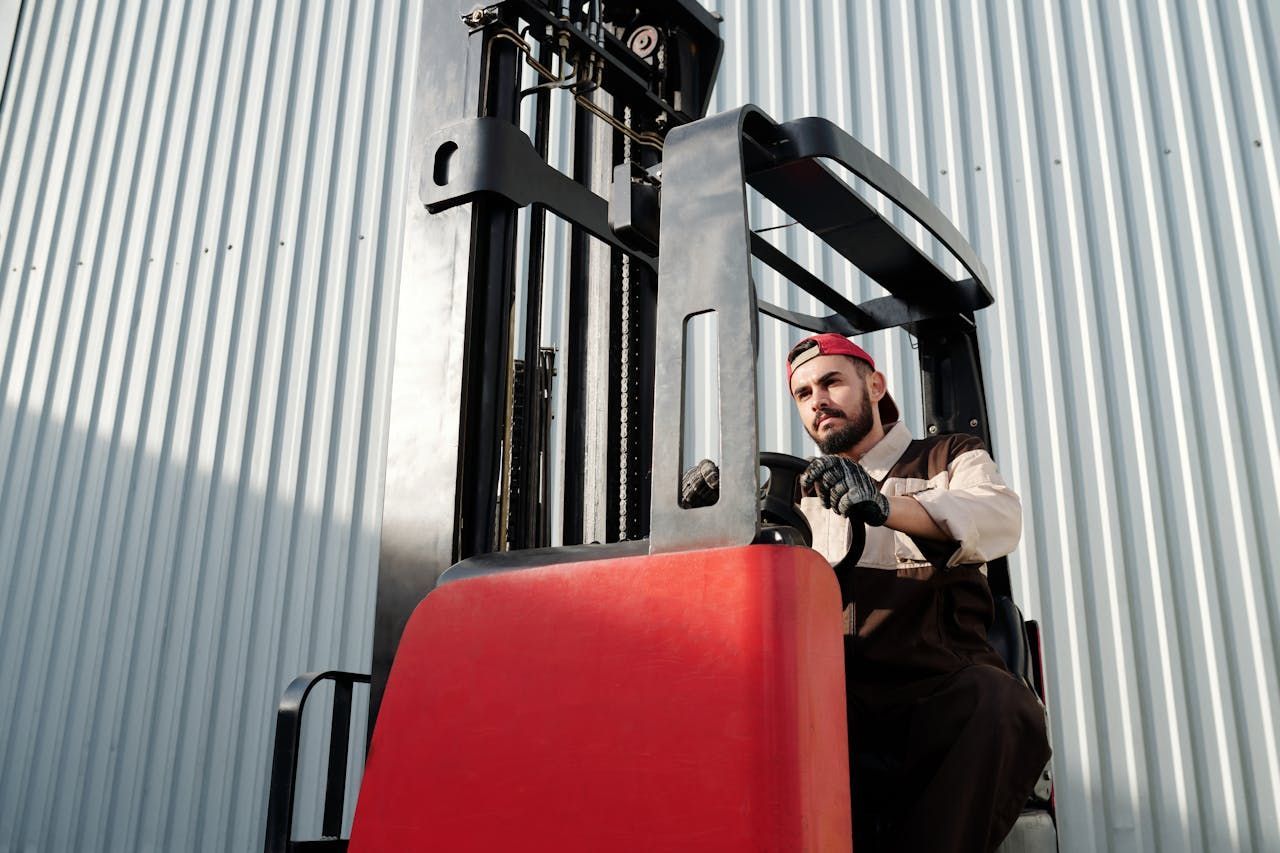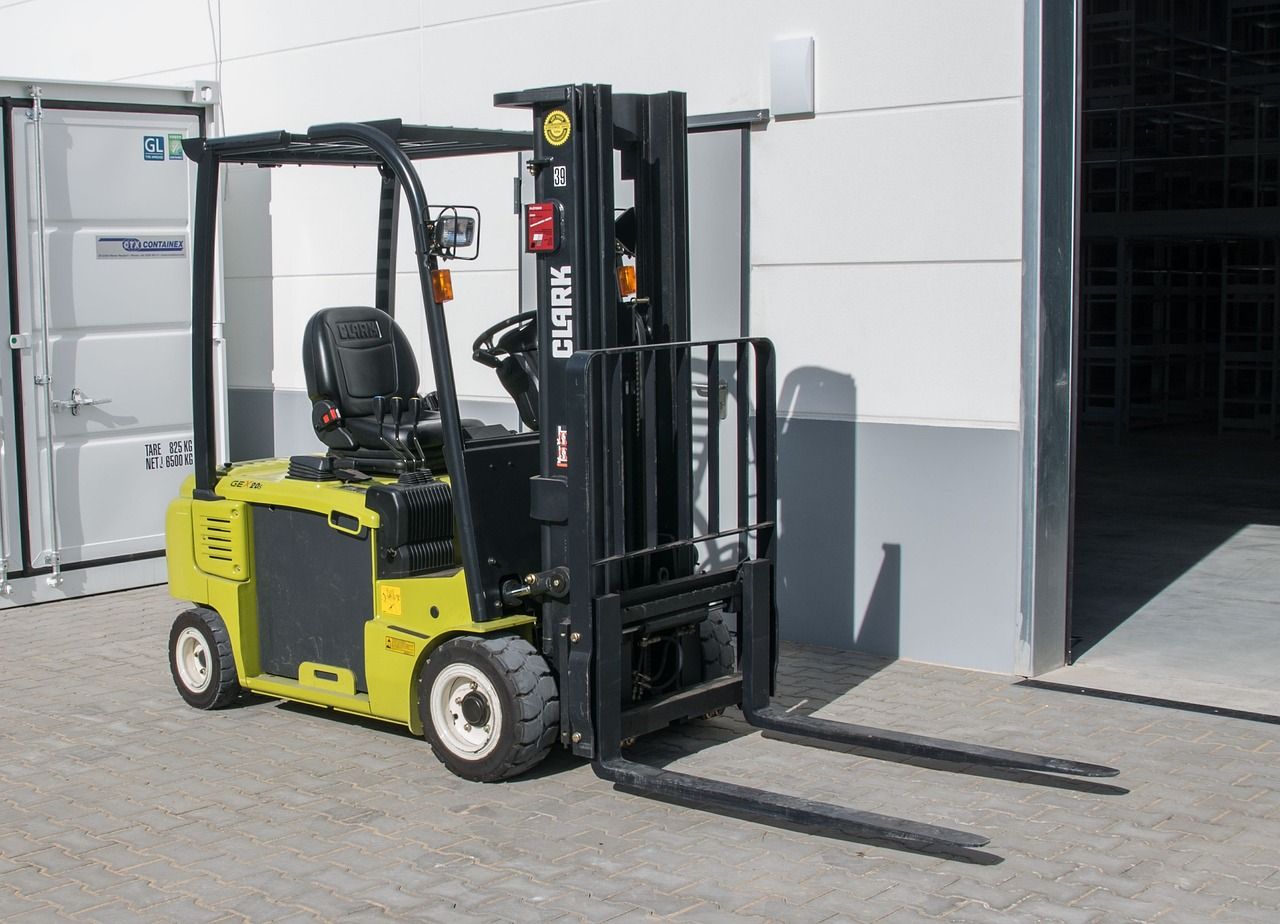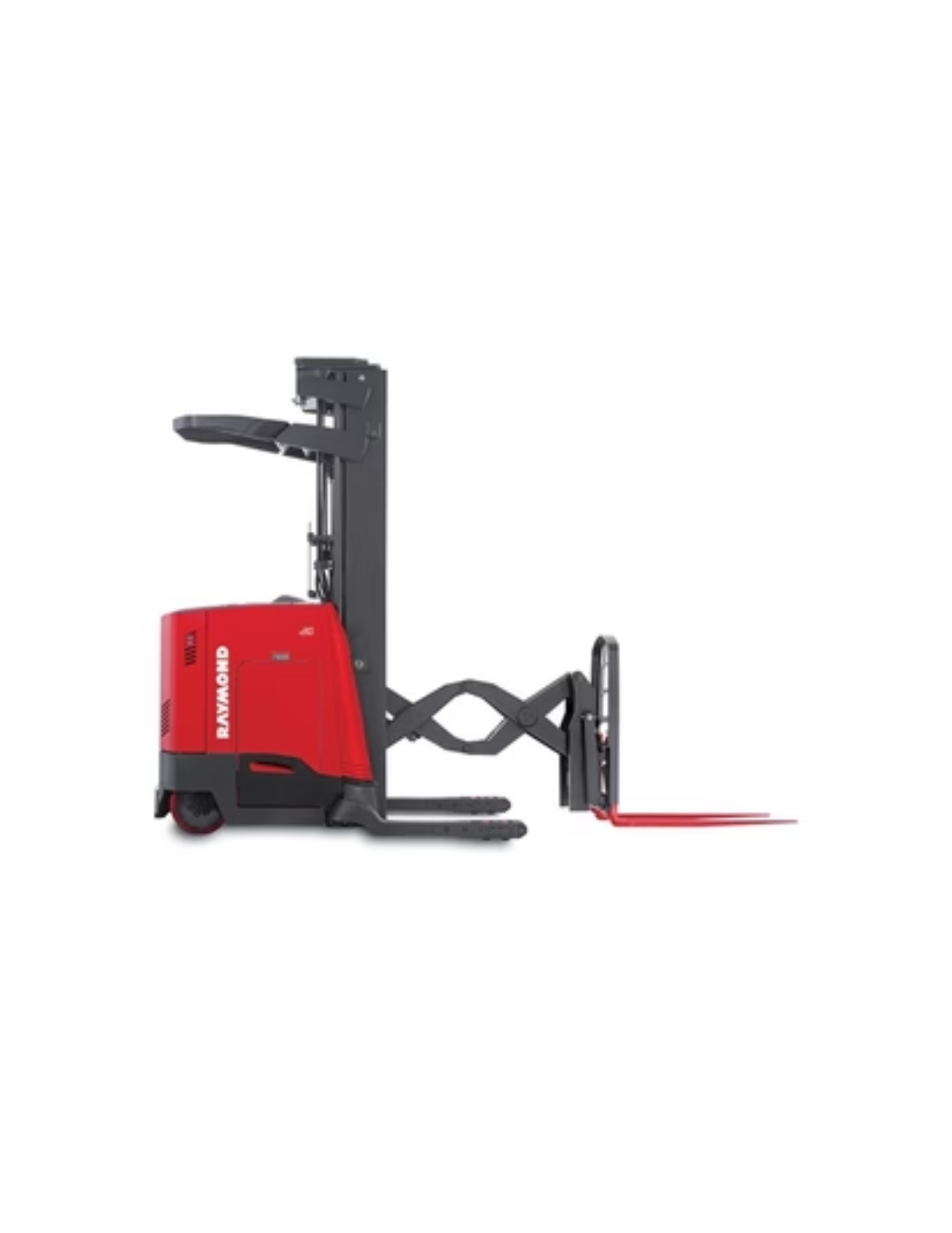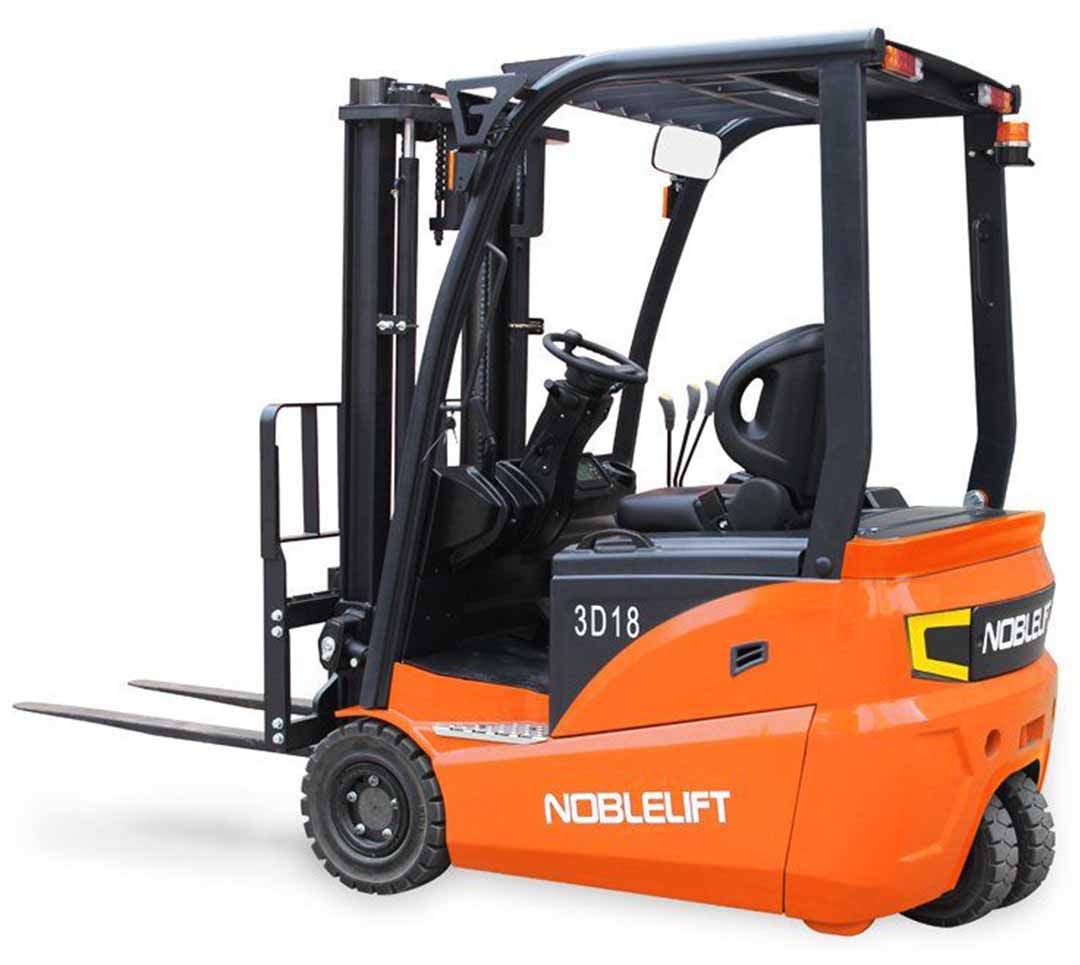Are Forklift Dangerous?
Forklifts: Unseen Dangers and Essential Precautions
The Underestimated Risks of Forklift Operation
The routine sight of forklifts in workplaces might lead to complacency, but the dangers associated with their use are real and ever-present. Each year, forklift accidents account for a staggering number of injuries and fatalities, demonstrating a pressing need for reinforced safety protocols.
Workplace Statistics: A Deeper Dive
Did you know that forklifts cause approximately 85 fatal accidents per year? That's one death every four days. Additionally, these accidents result in about 34,900 serious injuries and 61,800 minor injuries annually. Undoubtedly, these are alarming figures.
The Factors Behind Forklift Accidents
Now, let's unpack the contributing factors behind these accidents. First, there's inadequate training. Proper operation of a forklift requires skill and knowledge. Not providing comprehensive training can lead to mishaps. Second, visibility issues. When loads obstruct the operator's view, the risk of accident increases significantly. Third, speed. Operating a forklift too quickly can easily lead to tipping or losing control.
The Unseen Threat of CO Poisoning
Forklifts powered by propane or diesel pose another often overlooked hazard: Carbon Monoxide (CO) poisoning. In enclosed spaces, emissions from these forklifts can accumulate, leading to a harmful concentration of this deadly gas.
Safety Measures: Non-Negotiable Standards
Given these potential dangers, safety precautions are essential. Here, we outline three key steps that every workplace should implement. Firstly, comprehensive training should be non-negotiable. Operators must be fully competent before being allowed to use a forklift. Secondly, regular maintenance checks are crucial to ensure the forklift is in safe operating condition. Lastly, protocols must be in place for safe load handling to avoid accidents resulting from poor visibility or load instability.
Empowering Operators with Knowledge
A forklift operator who is aware of the risks and knows how to mitigate them is the greatest asset in preventing accidents. Regular refreshers on safety procedures, awareness of the working environment, and understanding the limitations and capabilities of the forklift are all vital elements of safe operation.
Encouraging a Culture of Safety
Cultivating a culture of safety in the workplace is fundamental. This goes beyond rules and regulations. It means fostering an environment where safety is prioritized, where employees are encouraged to voice concerns, and where precautionary measures are taken seriously.
In conclusion, the underestimated dangers of forklifts call for a holistic safety approach. By recognizing the risks, implementing robust safety protocols, and fostering a safety-conscious culture, we can significantly reduce accidents and create a safer working environment.

